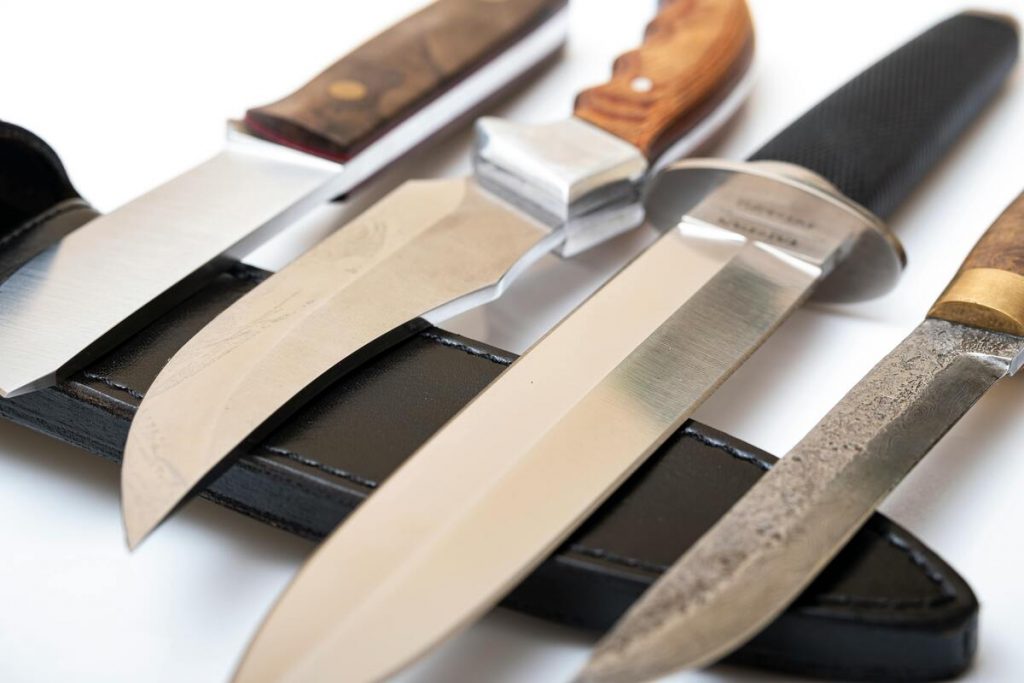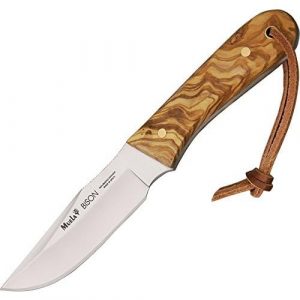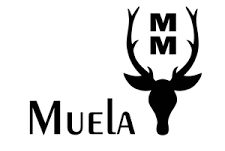What Steel Type Is Best for Hunting Knives?
A hunting knife needs to do more than just cut. It should hold an edge, resist rust, and handle pressure without chipping or breaking. The type of steel in the blade plays a major role in how well it performs.
But with so many steel types on the market, the “best” choice often depends on how the knife will be used and in what conditions.

Carbon Steel: Tough and Easy to Sharpen
Carbon steel is often praised for its toughness and ease of sharpening. Many hunters like how quickly it can regain a sharp edge, even with basic tools. Steels like 1095 or 5160 fall into this category. They’re durable and strong, which makes them a common pick for heavy-duty tasks.
One downside is rust. Carbon steel can corrode if not kept dry and clean. In wet or humid environments, it needs more care. A light coat of oil and regular maintenance can help, but it may not suit those who prefer low-maintenance gear.
Stainless Steel: Corrosion Resistant
Stainless steel contains more chromium, which helps it resist rust. This can be helpful for hunters working in damp weather or near saltwater. Common stainless options include 440C, AUS-8, and 154CM. These offer a good mix of hardness, edge retention, and rust resistance.
That said, not all stainless steels are the same. Some types trade toughness for corrosion resistance, meaning they might chip more easily under strain. Others may take longer to sharpen. Still, for many users, the ease of care outweighs these concerns.
High-End Steels: Premium Performance
Some hunting knives are made with high-performance steels like S30V, S35VN, or CPM 3V. These are engineered for specific traits—better edge retention, improved toughness, or reduced brittleness. For example, CPM S30V holds an edge well and resists corrosion, but sharpening it may take more time and the right tools.
These steels often cost more and may not be necessary for every hunter. Still, they could be worth considering for those who process a lot of game or want a long-lasting blade with fewer resharpenings in the field.
MUELA BISON-9OL Olive Wood Handle Hunting Knife

Tool Steels: Hard-Use Options
Tool steels like D2 and A2 are also used in some hunting knives. D2, sometimes called a “semi-stainless,” offers solid wear resistance and decent corrosion resistance. A2 is less rust-resistant but very tough. These steels can suit hard-use knives where strength matters more than fine slicing.
Keep in mind that tool steels may not be as forgiving if used incorrectly. Improper heat treatment or poor maintenance can lead to edge damage or rust.
What Matters Most
There’s no single steel that works best for every hunter. Some may value ease of sharpening over edge retention. Others may want a knife that can stay sharp through several animals without touching a stone. Location, weather, and personal habits also play a role.
In general:
- For wet conditions: Stainless steels like 154CM or S35VN can be a safer bet.
- For frequent sharpening: Carbon steels such as 1095 offer a simple solution.
- For edge longevity: Steels like S30V or D2 may hold up better through repeated use.
Conclusion
Choosing the right steel for a hunting knife comes down to finding the right balance. Think about how often you’ll use the knife, how much maintenance you’re willing to do, and what kind of game you’ll be working with. While steel type isn’t the only factor that matters, it can shape your overall experience—both in the field and back at camp.
